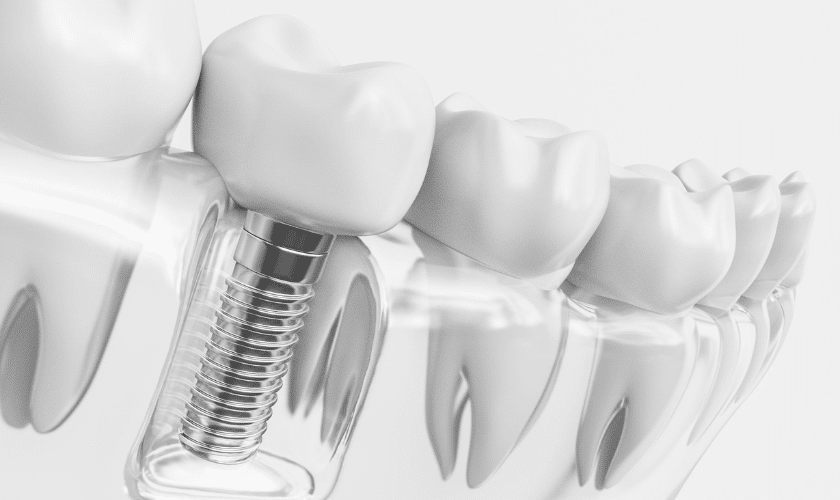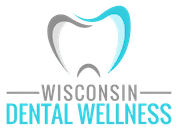TMJ and TMD Treatment: Understanding the Difference

Temporomandibular joint (TMJ) and temporomandibular disorder (TMD) are two related but distinct conditions that can affect the jaw’s functionality and cause discomfort and pain. While TMJ and TMD are often used interchangeably, they refer to different aspects of the same condition. Understanding the difference between these two terms is essential to get the correct diagnosis and treatment plan for individuals suffering from TMJ or TMD.
This blog post will look closely at TMJ/TMD treatment procedures, including their definitions, causes, symptoms, and diagnosis. We will also explore the various treatment options available for both conditions and highlight the differences between the two. By the end of this post, you will better understand TMJ and TMD and be better equipped to make informed decisions about your treatment options.
What is TMJ?
The temporomandibular joint (TMJ) is the joint that connects the jawbone to the skull. This joint is responsible for the movements required for biting, chewing, speaking, and yawning. The TMJ is one of the most complex joints in the human body and is prone to several conditions that can affect its functionality.
What is TMD?
Temporomandibular disorder (TMD) is a term used to describe a range of conditions that affect the TMJ. TMD can cause pain and discomfort in the jaw, face, neck, and head and can also cause difficulty in opening and closing the mouth.
How are TMJ and TMD Diagnosed?
To diagnose TMJ or TMD, a dentist or doctor will typically begin with a physical examination of the jaw. The dental professional may include the following steps for proper diagnosis:
- Check for tenderness or click on the joint
- Assess the patient’s range of motion
- Look for signs of wear on the teeth
In some cases, your dentist may recommend imaging tests such as X-rays, CT scans, or MRIs to get a better look at the joint.
What Options Are Available for TMJ and TMD Treatment?
The treatment options for TMJ and TMD can vary depending on the severity of the condition and the patient’s needs. Some common treatments include:
1. Lifestyle Changes: This may include avoiding hard or chewy foods, practicing good posture, and applying heat or ice to the affected area.
2. Medications: Over-the-counter pain relievers, muscle relaxants, and anti-inflammatory drugs can help relieve pain and inflammation associated with TMJ/ TMD.
3. Oral Appliances: These are custom-made devices worn in the mouth to help realign the jaw and relieve pressure on the joint.
However, surgery may be required to repair or replace the joint in severe cases of TMJ. Whereas, if TMD is the issue, doing exercises and stretches can help improve jaw mobility and strengthen the muscles around the joint.
Aftercare Instruction for TMJ and TMD Patients
Most dental professionals believe aftercare instructions are crucial for adequate recovery after TMJ and TMD treatments. Here are some important aftercare tips to consider if you want to heal quickly after undergoing TMJ/TMD treatment:
- Avoid activities that cause stress to the jaw joint and surrounding muscles, such as chewing gum or opening the mouth too wide.
- Applying ice or heat to the affected area can help reduce inflammation and relieve pain.
- Regular physical therapy sessions can help strengthen the jaw muscles and improve joint mobility.
- Stress can exacerbate TMJ and TMD symptoms, so practicing relaxation techniques like meditation or yoga can help.
- Regular follow-up appointments with your healthcare provider can help monitor your progress and make any necessary adjustments to your treatment plan.
While TMJ and TMD are related conditions, they are not the same. They can cause discomfort and pain in the jaw joint and surrounding areas. While there are similarities in the diagnosis and treatment options for both conditions, it is essential to understand the difference between TMJ and TMD to ensure accurate diagnosis and effective treatment.
Following proper aftercare instructions is also crucial for a successful recovery. By taking care of yourself and following the appropriate treatment plan, you can manage your symptoms and enjoy a better quality of life.
Consult your healthcare provider for a proper diagnosis and personalized treatment plan. If you are seeking TMJ/TMD treatment, follow the advice of a local, reliable, compassionate, and experienced dental professional to determine the best course of treatment for you.
Recent Posts
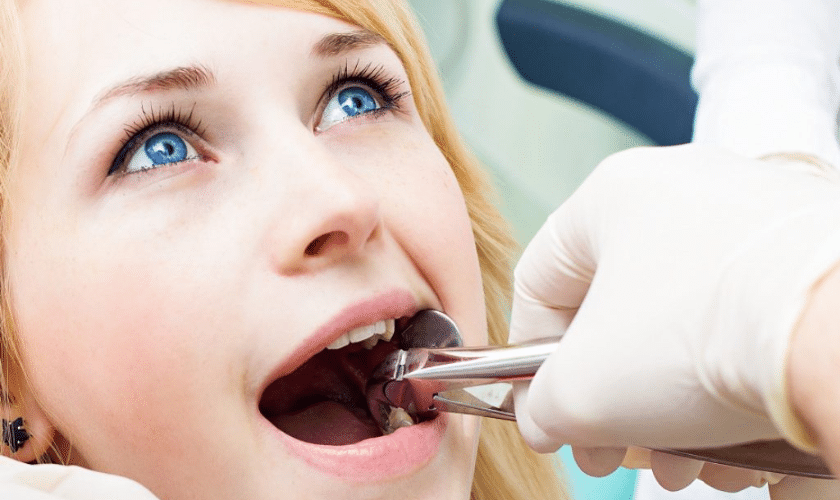
Why Does My Jaw Hurt Long After Tooth Extraction?
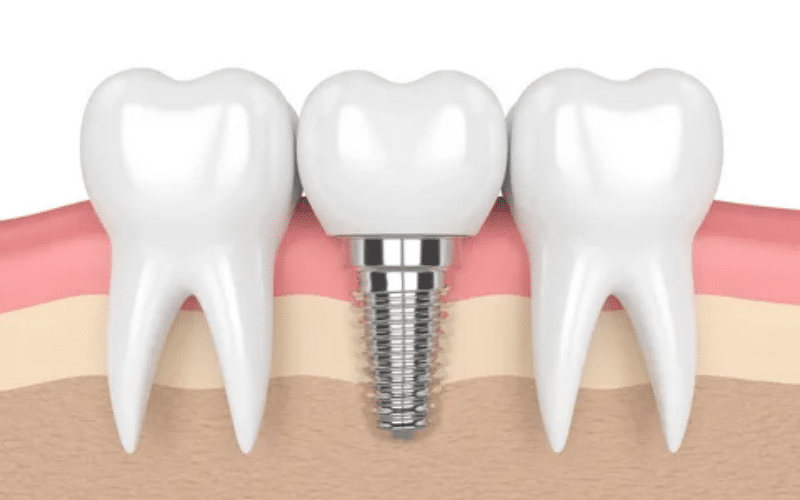
Dental Implants The Long-Term Solution To Missing Teeth And Their Benefits
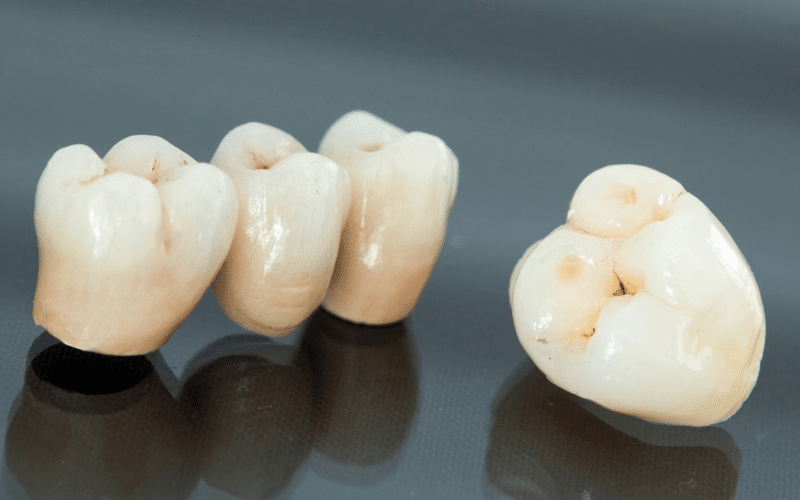
Your Dental Crown Broke Here Are 5 Steps To Take Immediately
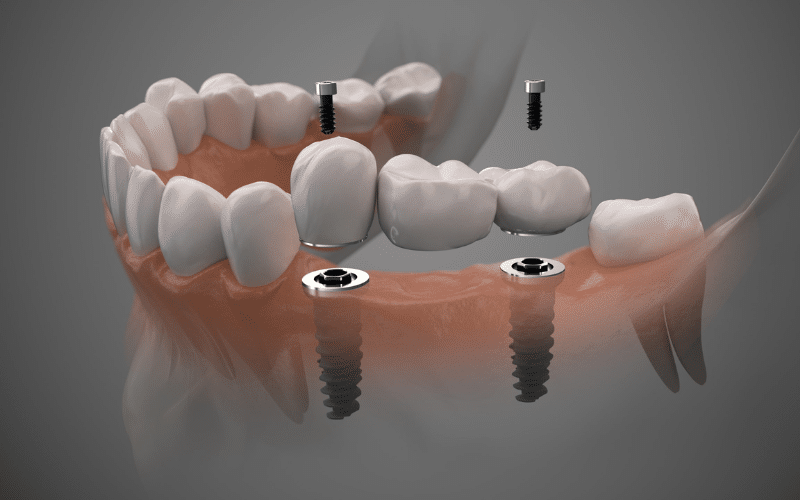
Can Dental Implant Cause Tinnitus?
